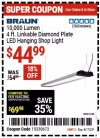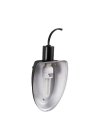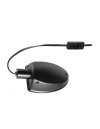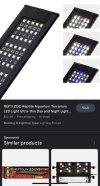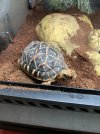Thundersnow
Active Member
I have a reptisun UVB 36"10.0 T5 on the tank for my 2yr old Indian Star Tortoise. I have a 45w incandescent bulb for daytime heat and a ceramic bulb for night time heat.My question is this
Being I have the UVB bulb on all daylight hours can I just use the ceramic bulb 24 hours and no longer us the incandescent bulb just have on the UVB one.
I am getting a 2 yr old Brazilian Cherry head Tortoise this week and would like to do the same if this is the right way to go. The cherry head will of course be in separate for the Star. I ordered a Reptisun 48" UVB 5.0 T5 for her.
Thanks
Being I have the UVB bulb on all daylight hours can I just use the ceramic bulb 24 hours and no longer us the incandescent bulb just have on the UVB one.
I am getting a 2 yr old Brazilian Cherry head Tortoise this week and would like to do the same if this is the right way to go. The cherry head will of course be in separate for the Star. I ordered a Reptisun 48" UVB 5.0 T5 for her.
Thanks
